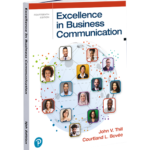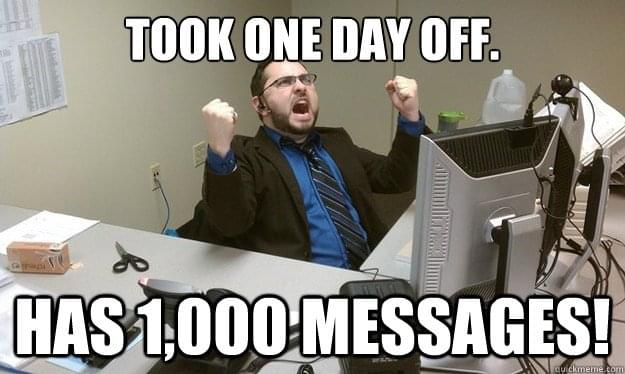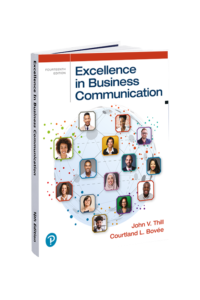
In an era dominated by digital media, the line between professional communication and viral content is increasingly blurred. From trending TikTok videos to ubiquitous memes, the principles that make online content shareable can be harnessed to transform business communication. This article explores how businesses can leverage the science of viral content to create more engaging, memorable, and effective messaging.
The Power of Memes in Modern Communication
Memes, defined as units of cultural information that spread rapidly through imitation and adaptation, have become the universal language of the internet age. Their success lies in their ability to convey complex ideas through simple, relatable, and often humorous content. But what can cat videos and witty image macros teach us about quarterly reports and corporate strategy?
Key Principles of Viral Content in Business Context
1. Relatability and Authenticity
– Viral content resonates because it taps into shared experiences and emotions.
– In business: Craft messages that reflect your audience's reality, addressing their challenges and aspirations directly.
2. Emotional Engagement
– Successful memes evoke strong emotions, often through humor, surprise, or empathy.
– In business: Infuse your communication with emotional appeal. Tell stories, use analogies, and don't shy away from appropriate humor.
3. Simplicity and Clarity
– Memes convey ideas quickly and concisely.
– In business: Distill complex information into clear, digestible formats. Use visual aids, bullet points, and concise language.
4. Adaptability and Interactivity
– Internet trends evolve rapidly, with users remixing and sharing content.
– In business: Create flexible content frameworks that employees or customers can adapt. Encourage user-generated content and interactive campaigns.
5. Visual Impact
– Most viral content is visually driven, capturing attention instantly.
– In business: Invest in quality graphic design, infographics, and short-form video content to complement textual information.
Implementing Viral Principles Across Business Functions
Internal Communication
– Transform dry policy updates into engaging infographics or short video series.
– Create internal meme contests to explain complex processes or celebrate company milestones.
– Use GIF reactions in company chat platforms to foster a more expressive, engaged culture.
External Marketing
– Develop social media campaigns that encourage customer participation and sharing.
– Create branded templates that allow for easy customization and sharing by your audience.
– Leverage trending formats (e.g., Instagram Reels, TikTok challenges) to showcase products or services.
Training and Development
– Design microlearning modules inspired by popular social media formats.
– Implement gamification elements in e-learning platforms to boost engagement and retention.
– Use meme-like flashcards for quick knowledge checks and reinforcement.
Case Study: Memeing the Mundane
One company transformed its quarterly financial report into a series of themed infographics and short animations. The result? A 300% increase in employee engagement with financial updates and a 50% improvement in retention of key financial data among non-finance staff.
The Ethics of Meme-ification
While embracing viral content strategies can significantly enhance communication, it's crucial to maintain professionalism and respect for your audience. Consider these guidelines:
– Ensure humor is inclusive and appropriate for your corporate culture.
– Respect intellectual property rights when adapting popular memes or trends.
– Maintain the integrity of important information while making it more accessible.
From Viral to Valuable
The principles that make content go viral online – relatability, emotional engagement, simplicity, adaptability, and visual appeal – are not just internet phenomena. They are powerful tools for enhancing business communication at all levels. By thoughtfully applying these concepts, companies can transform their messaging from forgettable to unforgettable, fostering better engagement, understanding, and ultimately, business success.
Remember, the goal isn't to trivialize important information but to make it irresistibly engaging. So the next time you're drafting a company-wide email or designing a customer-facing campaign, ask yourself: How can I make this as compelling as a cat video?

Excellence in Business Communication’s comprehensive approach aligns well with the principles of viral content.
Relatability and Authenticity: The textbook emphasizes understanding the audience's needs and crafting messages that resonate with their experiences and aspirations. This mirrors the viral content principle of relatability, teaching students to create authentic and impactful business messages.
Emotional Engagement: Excellence in Business Communication highlights the importance of emotional intelligence in professional settings. Students learn to infuse their communication with stories, analogies, and appropriate humor, fostering a deeper connection with their audience, similar to how viral content engages viewers emotionally.
Simplicity and Clarity: The textbook stresses the need for clear and concise communication. It trains students to distill complex information into easily digestible formats using visual aids, bullet points, and concise language, akin to how memes convey ideas quickly and effectively.
Adaptability and Interactivity: The book covers the dynamic nature of business communication, encouraging adaptability and interactivity. It prepares students to create flexible content and engage audiences through interactive methods, much like how viral content evolves and involves user participation.
Visual Impact: Visual aids are a significant focus in the textbook, teaching students the importance of quality graphic design and multimedia elements to enhance their messages, reflecting the visual-driven nature of viral content.
By integrating these viral content principles, Excellence in Business Communication ensures students are well-prepared to create engaging, memorable, and effective business messages.
 In today's fast-paced business world, effective communication is more crucial than ever. But what if you could tap into the very essence of how our brains process information to supercharge your emails, presentations, and interpersonal interactions? Welcome to the intersection of neuroscience and business writing, where understanding the brain's inner workings can transform your communication strategy.
In today's fast-paced business world, effective communication is more crucial than ever. But what if you could tap into the very essence of how our brains process information to supercharge your emails, presentations, and interpersonal interactions? Welcome to the intersection of neuroscience and business writing, where understanding the brain's inner workings can transform your communication strategy.









